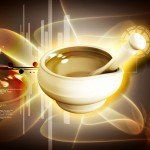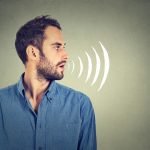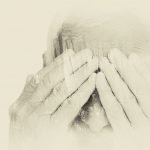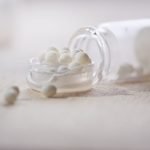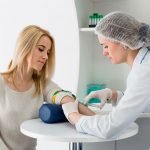Researchers Using 3D “Mini Brains” to Help Repair Nervous System
Node Smith, ND
“Mini-Brains” from Human Stem Cells
A popular tool in neurological research is using 3D living models of human brains. A group of researchers from Houston Methodist Research Institute has increased the speed of making these “mini-brains” from human stem cells, as well as creating them to mimic a more functional and realistic version of the human brain.1 The team hopes that using these models will help speed the course of finding effective ways of repairing the nervous system after spinal cord and brain injury or disease.
3D Brain Models are Vital in Neurological Research
3D brain models are crucially important in neurological research. The interactions of neurons have been seen to be far more complex and physiologically relevant within a 3D model than on a flat petri dish culture medium. The trouble is that it can take multiple months to grow these 3D models. In addition, the models have been made of undefined numbers and types of cells – these models are called “organoids.”
Pre-Mature Cells and Astrocytes
The research team from Houston Methodist has developed a technique to pre-mature cells separately and then combine them. They’ve found that this enables them to form mature interactions within a couple of weeks.
Another key feature of these new 3D mini-brains are their utilization of astrocytes. Astrocytes are a critical cellular component of the human nervous system, connecting neurons to one another and increasing the number and strength of those connections in not only the brain, but the spinal cord as well. Astrocytes are involved in many neural diseases and thought to be responsible for maintaining a healthy nervous system. By incorporating astrocytes the connections of the surrounding neurons of the 3D model was accelerated dramatically. This is the first 3D model to incorporate astrocytes, giving rise to the name “asteroids,” for these specific models.
Lead Researcher Comments on New Development
Robert Krencik, PhD, and lead researcher on this project, comments on this new development, and its applicability: “Using our system, we can generate mature astrocytes and have them interact intimately with neurons to a greater extent than has been done before,” Krencik said. “Unlike other cells in the brain and in the rest of the body, astrocytes have unique properties in humans. It’s thought they are partly responsible for the unique cognitive functions of humans and also may underlie aspects of human diseases, such as Alzheimer’s and autism spectrum disorders.”
Five-year Goal to Improve or Regenerate a Person’s Damaged Nervous System
The use of these “asteroids” may serve as functional models that can be experimentally manipulated by researchers in deciphering how disease processes are manifesting. The 5-year goal of Krencik’s lab is to be using this technology to improve or regenerate a person’s damaged nervous system.
Source:
- Krencik R, Seo K, Van asperen JV, et al. Systematic Three-Dimensional Coculture Rapidly Recapitulates Interactions between Human Neurons and Astrocytes. Stem Cell Reports. 2017
Image Copyright: <a href=’https://www.123rf.com/profile_guniita’>guniita / 123RF Stock Photo</a>
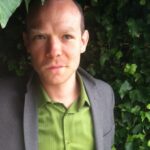 Node Smith, ND, is a naturopathic physician in Portland, OR and associate editor for NDNR. He has been instrumental in maintaining a firm connection to the philosophy and heritage of naturopathic medicine among the next generation of docs. He helped found the first multi-generational experiential retreat, which brings elders, alumni, and students together for a weekend camp-out where naturopathic medicine and medical philosophy are experienced in nature. Four years ago he helped found the non-profit, Association for Naturopathic ReVitalization (ANR), for which he serves as the board chairman. ANR has a mission to inspire health practitioners to embody the naturopathic principles through experiential education. Node also has a firm belief that the next era of naturopathic medicine will see a resurgence of in-patient facilities which use fasting, earthing, hydrotherapy and homeopathy to bring people back from chronic diseases of modern living; he is involved in numerous conversations and projects to bring about this vision.
Node Smith, ND, is a naturopathic physician in Portland, OR and associate editor for NDNR. He has been instrumental in maintaining a firm connection to the philosophy and heritage of naturopathic medicine among the next generation of docs. He helped found the first multi-generational experiential retreat, which brings elders, alumni, and students together for a weekend camp-out where naturopathic medicine and medical philosophy are experienced in nature. Four years ago he helped found the non-profit, Association for Naturopathic ReVitalization (ANR), for which he serves as the board chairman. ANR has a mission to inspire health practitioners to embody the naturopathic principles through experiential education. Node also has a firm belief that the next era of naturopathic medicine will see a resurgence of in-patient facilities which use fasting, earthing, hydrotherapy and homeopathy to bring people back from chronic diseases of modern living; he is involved in numerous conversations and projects to bring about this vision.




